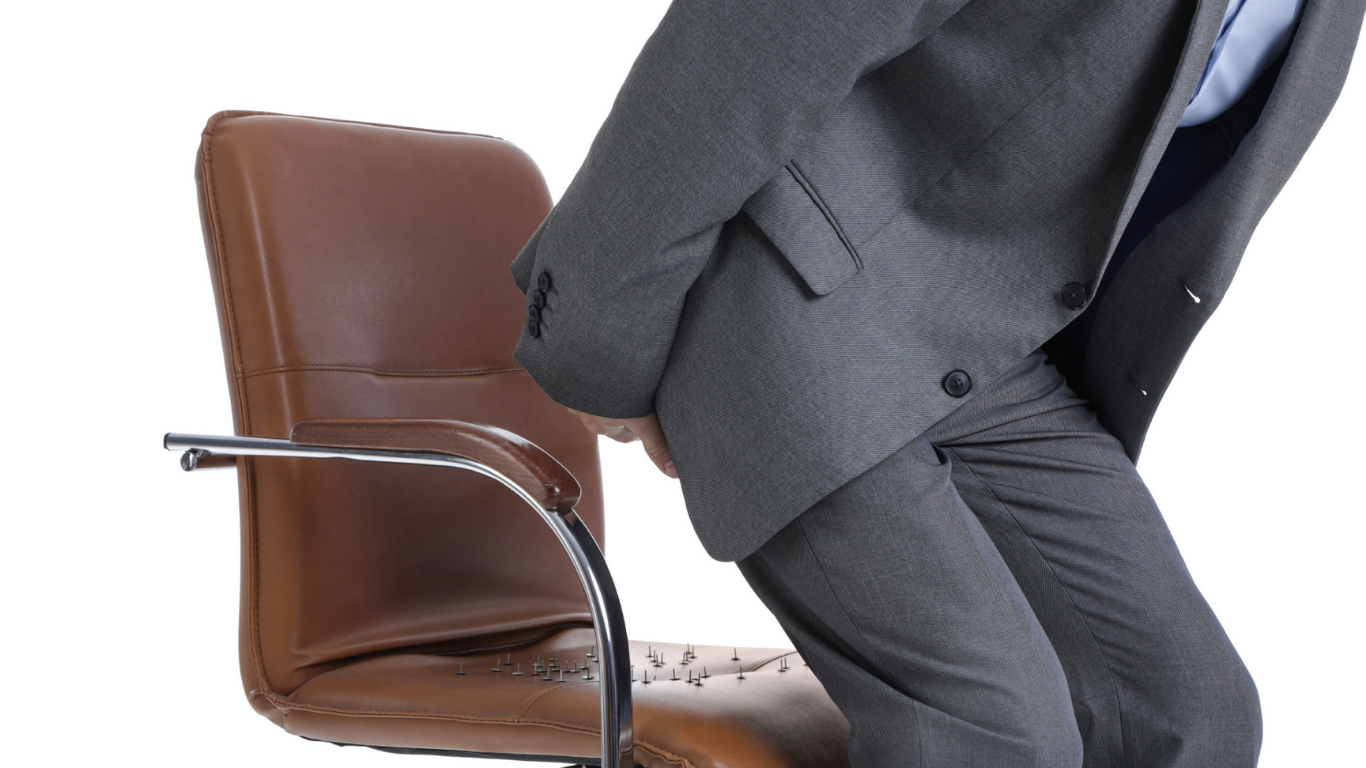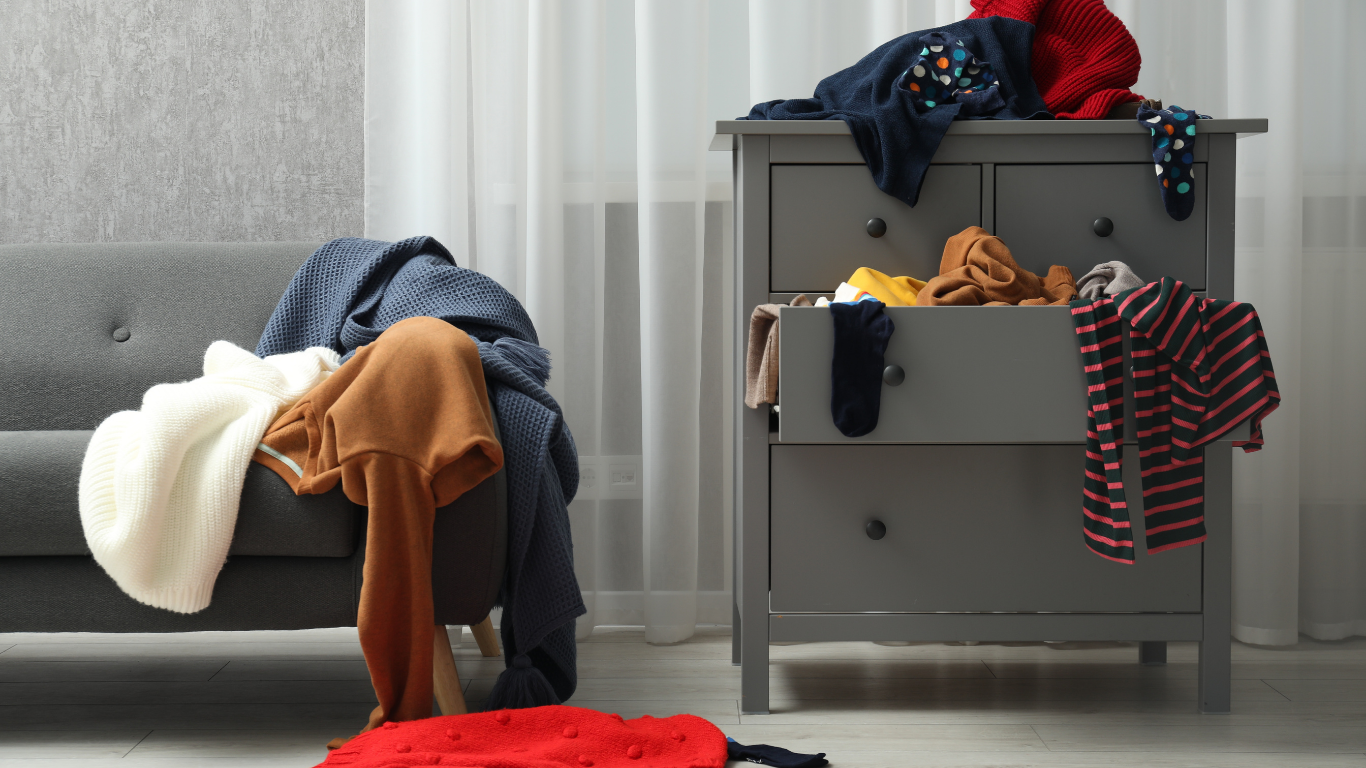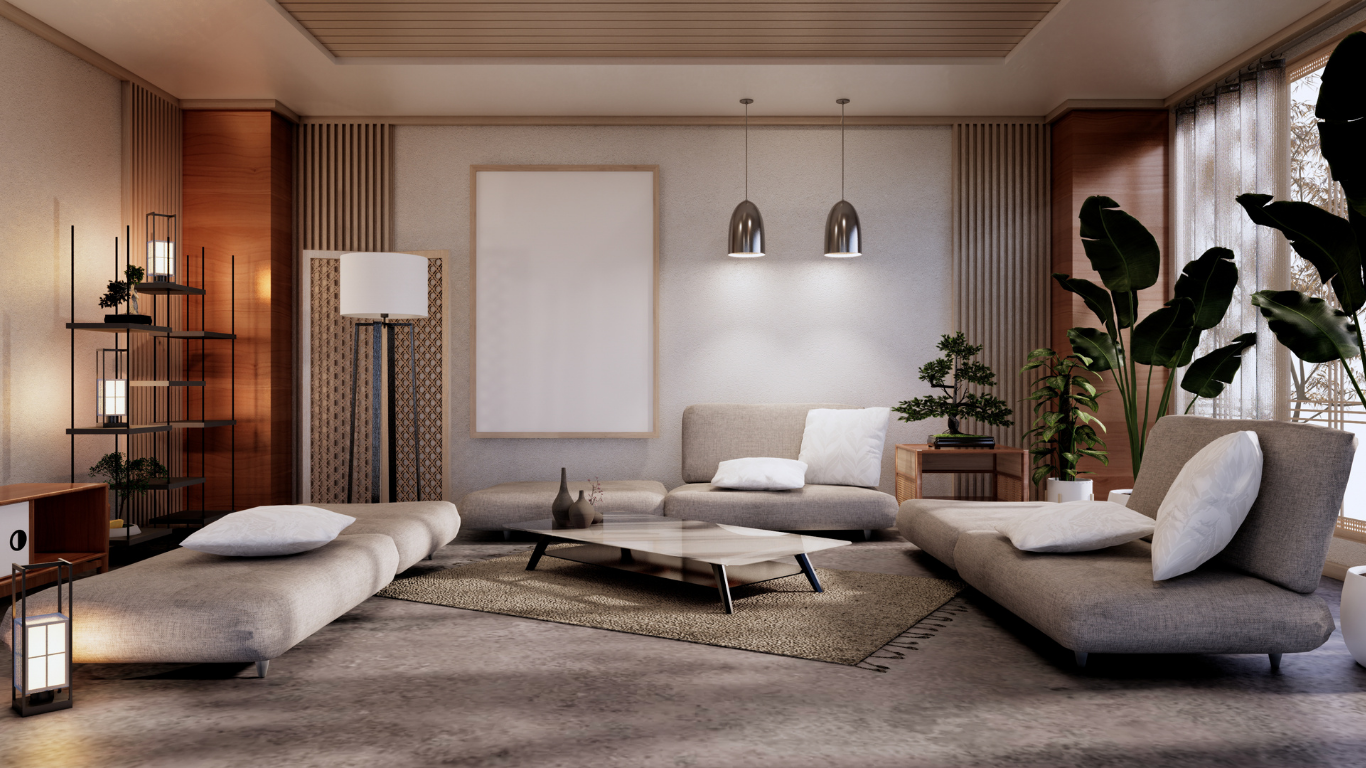Let’s face it—working from a desk all day isn’t exactly doing your backside any favors. If you’ve recently caught a glimpse of yourself in the mirror and thought, “Wasn’t my butt perkier last year?” — you’re not imagining it. What you might be experiencing is something social media has lovingly dubbed “Office Chair Butt.”
It’s not just a catchy term. This real phenomenon is the result of gluteal amnesia—yep, your booty is literally forgetting how to work. When you sit for hours, day after day, the muscles in your glutes, hamstrings, and lower back start to weaken. Over time, this can lead to a flatter appearance, sagging posture, and even long-term pain.
But here’s the good news: You don’t need a full-blown gym session or expensive equipment to fight back. All it takes is a little awareness and some intentional movement woven into your daily grind. Let’s break it down.
What Exactly Is “Office Chair Butt”?
Researchers and ergonomics experts have studied the impact of prolonged sitting for years—and the findings aren’t pretty. One 2022 study published in Applied Ergonomics linked long-term sedentary behavior to both muscular atrophy and reduced mobility in the hips and spine. It’s not just about how your jeans fit; it’s about how your entire body functions.
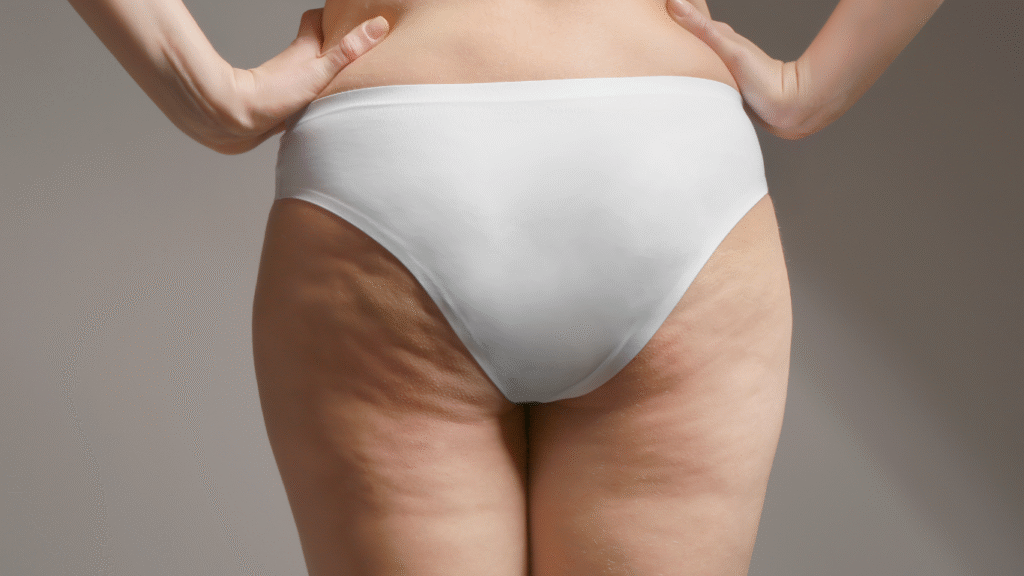
“When you sit for extended periods, especially without standing or shifting positions, your posterior chain becomes deactivated,” says one movement and mobility expert interviewed for a European wellness journal. “The glutes, hamstrings, and spinal stabilizers shut down, which affects posture, balance, and long-term muscle tone.”
Add to that the impact of poorly designed office chairs, and it’s no wonder so many of us are dealing with a pancake situation out back.
Signs You Might Be Dealing With Office Chair Butt
You don’t need a diagnosis to know something’s off. Here are a few red flags:
- Your once-round butt has started to flatten or sag
- You experience lower back tightness or stiffness
- You feel weak when climbing stairs or rising from a chair
- Your hips feel tight or achy after sitting for a while
If any of that sounds familiar, your body is likely craving activation.
4 Simple (Chair-Friendly) Moves to Wake Up Your Muscles
The best part? You can do these moves right in your office, living room, or kitchen corner.

🌀 Air Squats
No weights, no problem. Just stand up, lower your hips like you’re sitting in an imaginary chair, and rise back up. Aim for 12–15 reps every time you take a break.
🌀 Desk or Chair Lunges
Step forward or backward into a lunge, keeping your back straight and your knee stacked above the ankle. Do 8–10 reps per leg.
🌀 Good Mornings
Stand tall, place your hands behind your head, and hinge at the hips (not the waist), keeping your back straight. Return to standing. Try 10 reps slowly and with control.
🌀 Bulgarian Split Squats (Modified)
Prop one foot up behind you on a chair or bench, then bend the front leg into a lunge. Switch legs after 8 reps. If this feels too intense at first, try a regular split squat without elevation.
These exercises help activate the large muscles that weaken from too much sitting—and they require zero equipment or gym time.
Make Movement Your Default, Not a To-Do
Experts in workplace wellness agree: the solution isn’t just a standing desk—it’s consistent micro-movement.
“Postural shifts are not a luxury; they’re a biological necessity,” says one workplace ergonomist who has worked with major global companies. “Even the best chair can’t replace movement. Our bodies were built to shift, bend, stretch, and walk.”
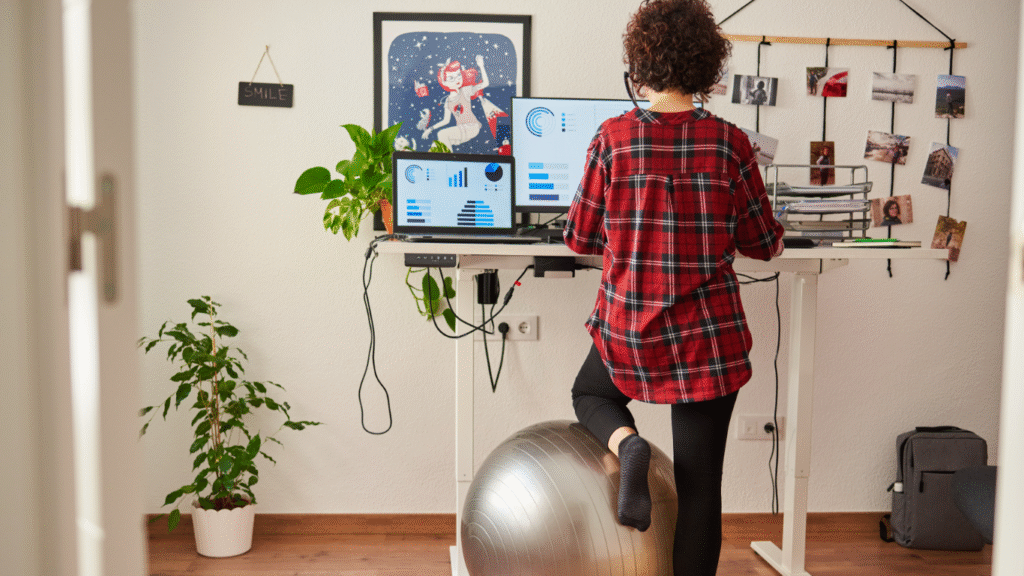
Here’s how to sneak in more motion without sabotaging your workflow:
- Set a reminder to move every 45–60 minutes
- Stand while taking phone calls or virtual meetings
- Walk to get water or stretch instead of scrolling during breaks
- Use sit-to-stand desks or portable laptop risers to alternate positions
- Go for a 5-minute walk after meals to aid digestion and circulation
Upgrade Your Environment
Don’t underestimate the power of your setup. Swapping your rigid office chair for one with a self-adjusting recline or dynamic lumbar support can encourage subconscious movement.
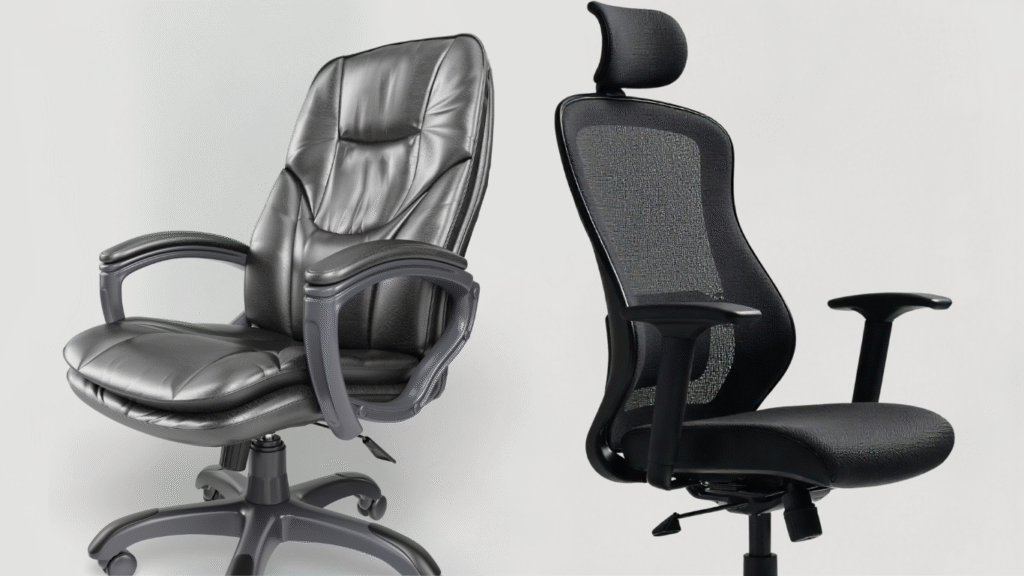
You might also try:
- Adding a small balance cushion to your seat
- Using a footrest to shift posture
- Investing in a sit-to-stand converter
Remember, it’s not about perfection—it’s about adding just enough motion to reverse the sitting slump.
Why This Matters (Beyond Aesthetics)
Sure, most of us care about how our butt looks in jeans. But muscle loss and gluteal weakness also have serious implications for your core strength, posture, and even longevity.
A 2023 review in the Journal of Physical Activity & Health found that people who broke up long periods of sitting with short activity bursts had significantly lower markers of inflammation and metabolic dysfunction.
In other words, this isn’t just about vanity—it’s about vitality.
Final Word: Your Glutes Deserve Better
You don’t have to accept “office chair butt” as part of adulting. By weaving in a few simple moves and making intentional shifts to your workday routine, you can protect your body—and yes, keep your booty looking as lifted and strong as you want it to.
Because let’s be real: strong glutes are sexy and smart.
Loved this post? Don’t gatekeep—send it to a work bestie who sits all day! And follow @ifocusliving for more expert-backed wellness hacks that fit your real life. 💼🍑 #DeskLifeGlowUp #NoMoreFlatButt #OfficeStrong

